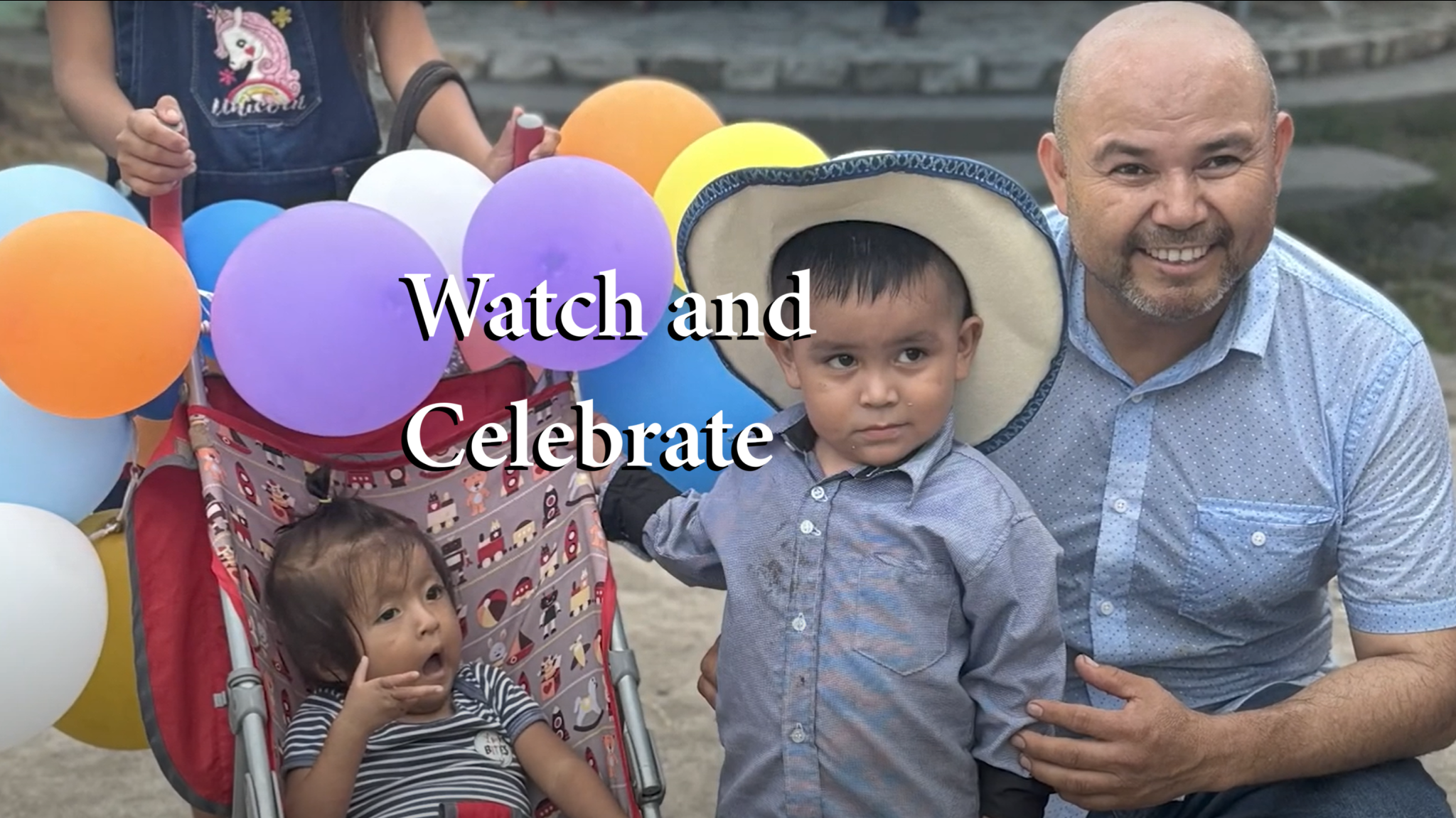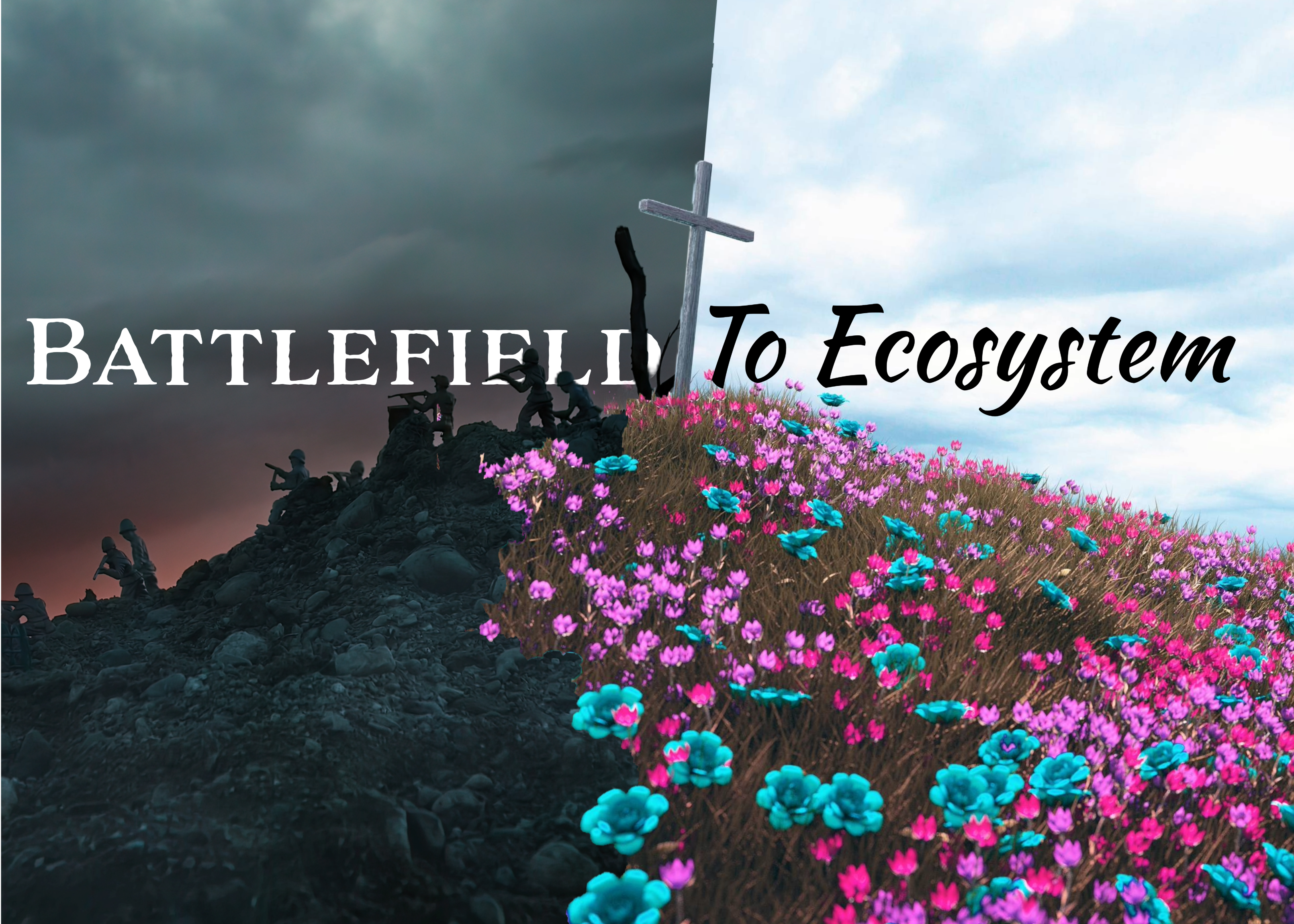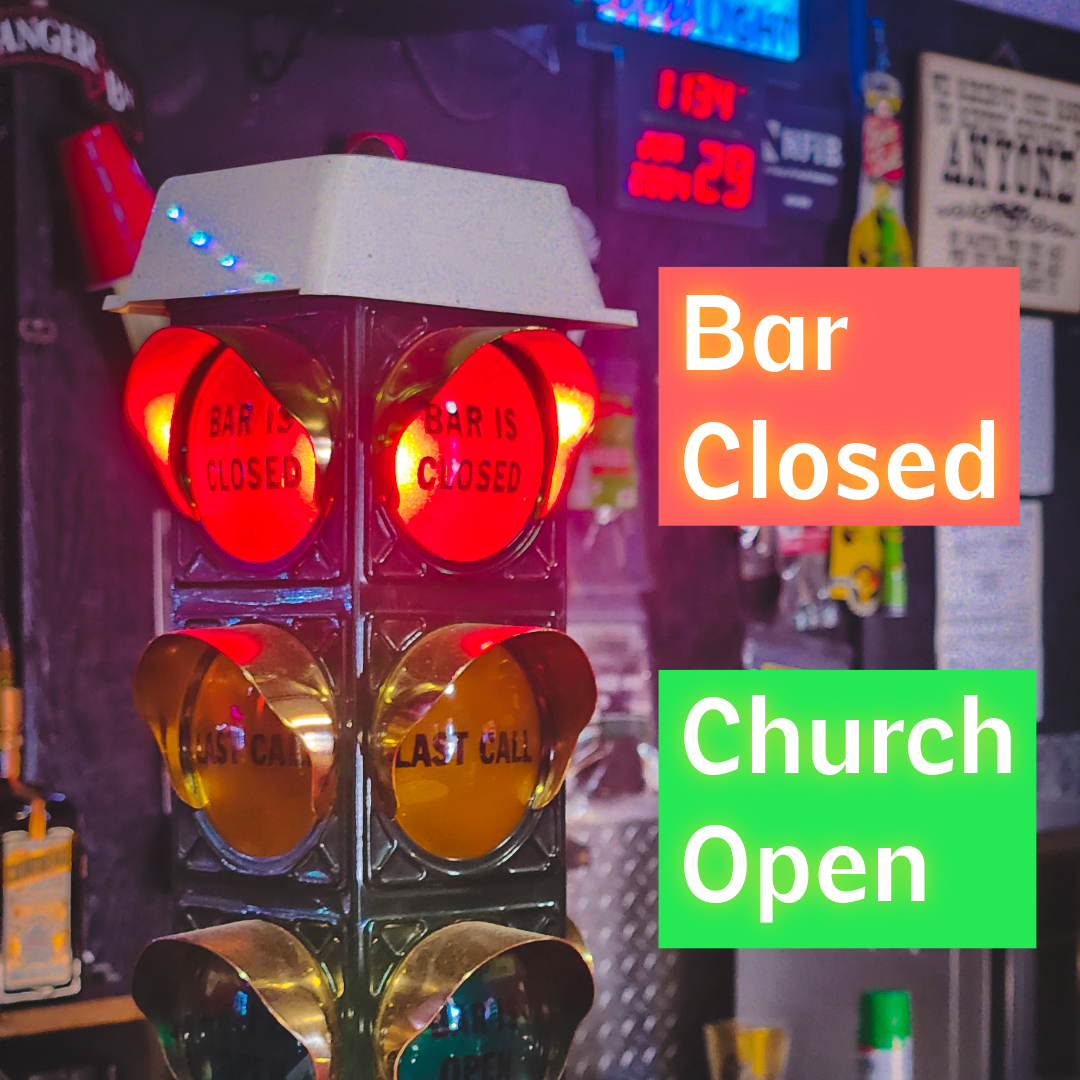
Today is Good Friday, a conspicuous name for one of Christianity’s most significant days. Good Friday is the day on which Jesus Christ was crucified, and therefore, in connection with Easter Sunday, the most significant set of days in all of creation. Good Friday is the quiet march before the triumphal procession. Good Friday is the oppressively dark night before blazingly bright day. It is the somber before the joyous, the chained before the freed, the overcome before the overcomer, the depths of the valley before the climax of the mountain top. Good Friday is the lowest point on Christ’s hero’s journey, the moment of seeming defeat before undeniable victory. The contrast between Good Friday and Easter can hardly be exaggerated, and yet, because we know how the story ends, sometimes the immensity of that gap is understated, undersold, and downplayed.
The truth is that, for those involved on the side of Christ 2000 years ago, Good Friday was not a particularly “good” day. Good Friday marked the greatest fears of the disciples being realized, and both external pressures (threats of death and persecution) along with internal guilt and shame broke all but the most dedicated disciples, sending them fleeing away from Christ’s side. For those many thousands of nameless followers of Christ who had believed in His messiahship, and His promise of a new day, they too would feel that they had been fooled, tricked, and swindled by another charlatan prophet who had been put down by the Pharisees. Of course, for Christ Himself, the day hung over Him like a weight of unimaginable proportions and density, so crushing that in His prayer to God, Jesus asked for the cup to be taken away. The brutality and torture of the cross was magnified by the weight of sin upon Him.
We call this day “Good Friday” because while the vision of the cross is a bloody, ruthless, torturous affair that broke the faith of many of Christ’s followers, it is also the day of Christ’s unparalleled achievement, and the greatest victory over sin and death. For us, it is a very good day. For us, it is more beautiful than it is bloody. It incites more wonder than it does horror, and Christ’s resurrection is perceived more triumphantly because we bear witness to Good Friday’s inherent darkness.
To understand the story of the cross, then, one ought to also understand the emotional (the divine pathos) journey from death to resurrection, and how each facet of that story impacts and makes known the significance of the whole. And part of understanding that story is in our yearly, perpetual return to it. There is then, like gravity, a natural pull to let the significance of the story wane in our hearts and minds. We might mentally recognize its importance, but we might also fail to appreciate or fail to motivate a genuine emotional response to it.
Christianity has always had numerous ways to stimulate our sense of rational and emotional response to God and His story. The Church has long used every element at its disposal to help give us a stronger sense of recall and immersion into the experience of scripture. Perhaps, then, intentionally leaning into some of these practices might benefit you as you come into this intensely meaningful, but also thoroughly familiar season.
First and foremost, it would benefit us to read the relevant scriptural passages, and to pay careful, close attention to the details. Notice how heavy the weight is upon Christ in Luke 22, and how graciously He carries it. Notice how alone Christ is on His journey to the cross Matthew 27, even when He is surrounded by others. The disciples often fail to recognize the significance, and frequently misunderstand what Jesus is saying. Notice the ways in which the created world, and even those who have no belief in Christ, recognize Christ’s death as a remarkable event in Luke 23, and the ways in which the hard-hearted Pharisees cannot perceive it at all. Notice also the despair and the abject fear that the disciples face, and how much of their world and lives were disrupted by Jesus’s death.
In keeping with lent, many Christian groups will fast over much of Good Friday, spending time in prayer that was normally spent eating. Whether fasting or not, being in prayer is a powerful way to place your heart and mind on Christ throughout Good Friday. The Catholic Church regularly prays the Stations of the Cross, 14 scenes from the gospels that tells of Christ’s journey to the cross. In many Catholic churches, the stations are spread around the outside of the church walls, allowing practitioners to walk around the building and metaphorically walk with Jesus to the cross. While these kinds of practices are not sacramental or ordinances that Christians are commanded to observe, they may help a person experience Good Friday more fully. Many Christians may be uncomfortable trying these overtly physical activities in order to come closer to God, but, again, using all of our senses to help move us into the right frame of mind isn’t wrong either. It’s a testament to having been created both spiritually and physically, and using all of what we are to reach out to God.
Given that Good Friday is a federal holiday in the United States, many businesses and organizations close, leaving workers with the opportunity to take some time to reflect, pray and even fast for a meal or two. Part of these social observances, particularly in European countries, is the focus on somber behavior. Germany, for instance, does not legally allow dancing, or dance bars to operate on Good Friday as a way to keep the tone solemn. Is there a way to for you to practice sincere solemnity, being mentally present in Christ’s world of suffering for a portion of the day?
This is by no means an exhaustive list, but as Good Friday comes and goes, and as Easter Sunday approaches and proceeds, I challenge you to be intentional about how you engage the Lord and His story. Whether in community or alone, whether during a Feet Washing service, or Communion, or any other practice or worship experience, how will you recognize and participate in the depths and the heights of Holy Week?
CGGC eNews—Vol. 17, No. 14





Login To Leave Comment